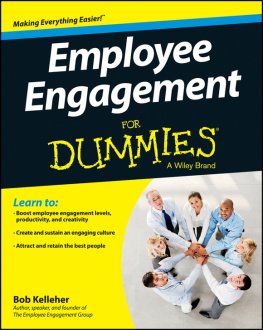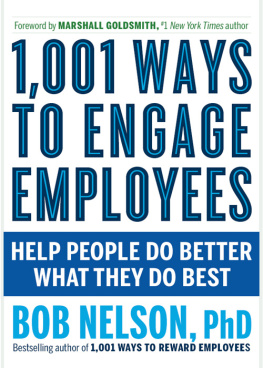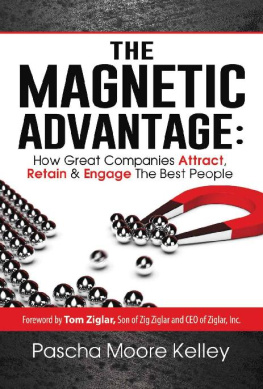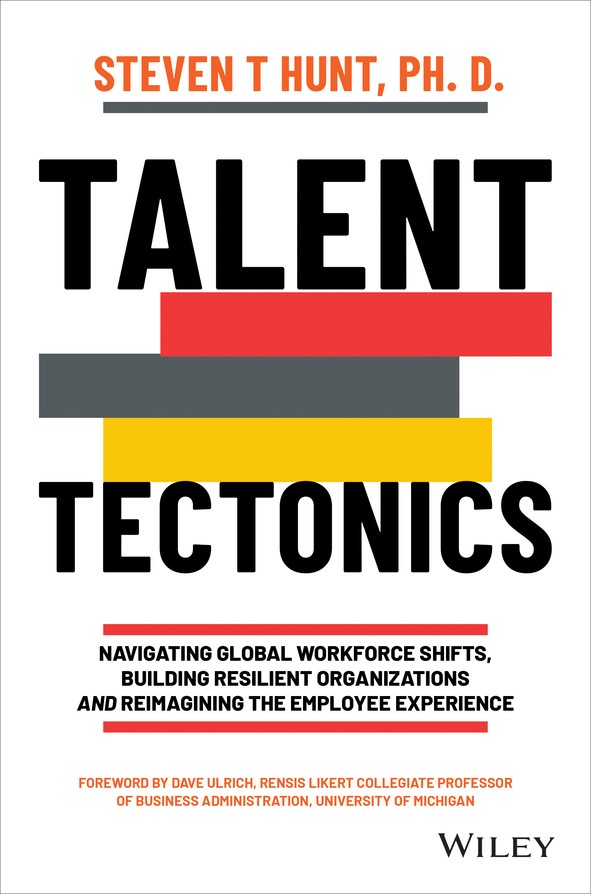Steven T. Hunt - Talent Tectonics: Navigating Global Workforce Shifts, Building Resilient Organizations and Reimagining the Employee Experience
Here you can read online Steven T. Hunt - Talent Tectonics: Navigating Global Workforce Shifts, Building Resilient Organizations and Reimagining the Employee Experience full text of the book (entire story) in english for free. Download pdf and epub, get meaning, cover and reviews about this ebook. City: Hoboken, year: 2022, publisher: Wiley, genre: Business. Description of the work, (preface) as well as reviews are available. Best literature library LitArk.com created for fans of good reading and offers a wide selection of genres:
Romance novel
Science fiction
Adventure
Detective
Science
History
Home and family
Prose
Art
Politics
Computer
Non-fiction
Religion
Business
Children
Humor
Choose a favorite category and find really read worthwhile books. Enjoy immersion in the world of imagination, feel the emotions of the characters or learn something new for yourself, make an fascinating discovery.

- Book:Talent Tectonics: Navigating Global Workforce Shifts, Building Resilient Organizations and Reimagining the Employee Experience
- Author:
- Publisher:Wiley
- Genre:
- Year:2022
- City:Hoboken
- Rating:4 / 5
- Favourites:Add to favourites
- Your mark:
Talent Tectonics: Navigating Global Workforce Shifts, Building Resilient Organizations and Reimagining the Employee Experience: summary, description and annotation
We offer to read an annotation, description, summary or preface (depends on what the author of the book "Talent Tectonics: Navigating Global Workforce Shifts, Building Resilient Organizations and Reimagining the Employee Experience" wrote himself). If you haven't found the necessary information about the book — write in the comments, we will try to find it.
How to attract, retain, develop, and engage people for a changing world of work
Shifting demographics combined with the digitalization of all aspects of life are transforming the nature of work. This is forcing companies to rethink how they design jobs and recruit, develop, and engage employees.
In Talent Tectonics: Navigating Global Workforce Shifts, Building Resilient Organizations, and Reimagining the Employee Experience, Dr. Steven Huntexplains how technology is changing the purpose of work and why creating effective employee experiences is critical to building organizations that can thrive in a world of accelerating change and growing skill shortages.
In the book, youll find insights from the perspective of a person who has worked with thousands of companies around the globe using technology to build effective workforces. The book explores how business strategy, organizational psychology, and work technology interact to create nimble companies. The book discusses the future, but its focus is on the present, identifying things companies can do now to attract critical talent and create resilient organizations including:
- How to manage different types of employee experiences to create engaged and adaptable workforces
- How technology can enable large organizations to act more like small, agile, entrepreneurial companies.
- Rethinking employee recruitment, development, and engagement to create supportive, inclusive, and resilient organizational cultures
Perfect for human resources professionals, employee experience managers, and business leaders responsible for building effective workforces, Talent Tectonics belongs in the libraries of every leader, employee, and professional invested in ensuring that their organization can attract, retain, and develop the talent needed to achieve its strategic goals.
Steven T. Hunt: author's other books
Who wrote Talent Tectonics: Navigating Global Workforce Shifts, Building Resilient Organizations and Reimagining the Employee Experience? Find out the surname, the name of the author of the book and a list of all author's works by series.






